Sam Shaheen
Background
5’10”, 135 lbs. I generally wear a size Medium in everything. (see Bio)
For the past few years, I’ve been bouncing back and forth between the Alps and Colorado, so I’ve broken down my kits here for both ranges, as there are some nuances between the two from a layering perspective.
I tend to run a bit hot on the way up and a bit cool on the way down. As a result, I like warm insulators and breathable shells & fleeces. I also prefer simplicity, so I try my best to not vary things all that much day to day.
SKI TOURING — Colorado (cold, dry, windy)
Base Layers
• Top: Icebreaker Oasis Crewe (Long and Short Sleeve)
For base layers, I prefer lightweight, simple merino wool tops since they work well for a variety of activities, and you can simply switch up your mid layer and shell according to the weather / activity.
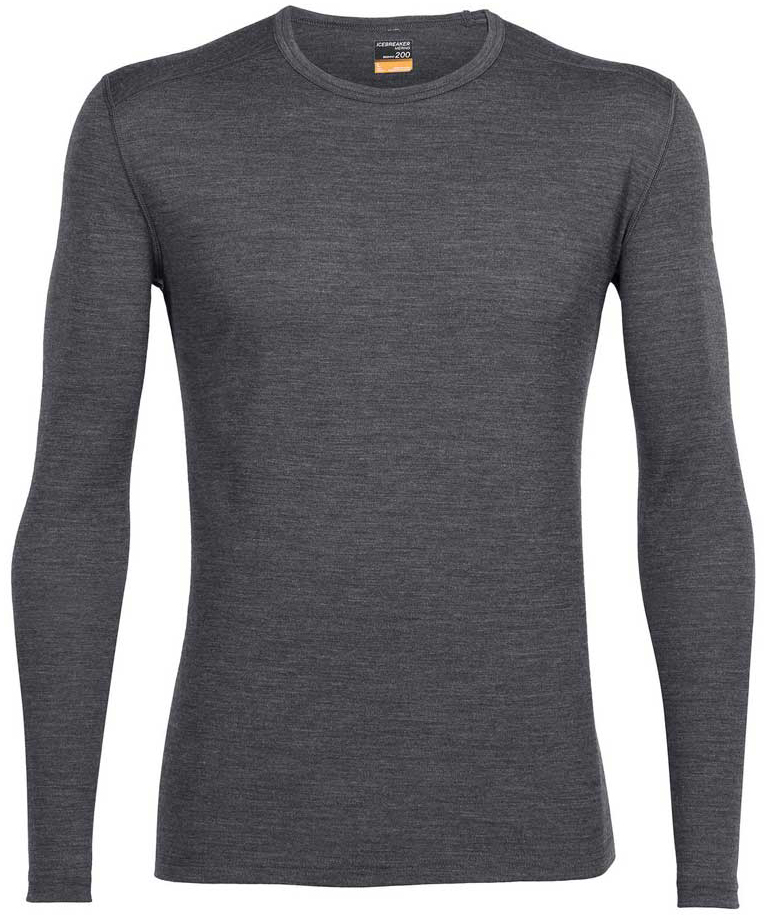
• Bottom: Patagonia Lightweight Capilene Bottoms
I only wear these on the coldest days. I like wearing a synthetic for bottoms because bottoms don’t tend to get as sweaty as tops, and the increased durability of synthetics is beneficial since bottoms usually go through more abuse / abrasion.

Mid Layer 1: The North Face FuseForm Dolomiti ¼ Zip Hoodie
I’ve worn a lot of fleeces, and I still go to this piece — it offers a fantastic blend of breathability and weather protection. Unfortunately, it has been discontinued, but I’ll be reviewing a few pieces this winter that could replace the Dolomiti, and I’ll update this accordingly.
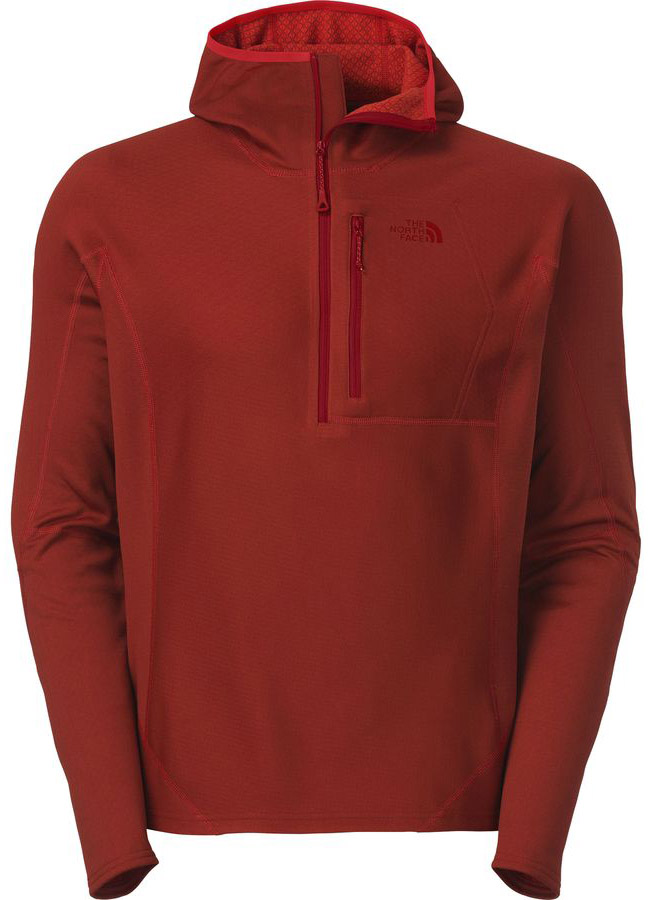
Mid Layer 2: Rab Zero G Jacket
In Colorado, it’s dry enough to get away with down most days, and though this down puffy is not cheap, you get what you pay for. It is insanely light (284 g in a Medium), warm, and beautiful. And with its 1000 fill-power down and ultralight fabric, it has the highest warmth-to-weight ratio of any puffy we’ve tested.
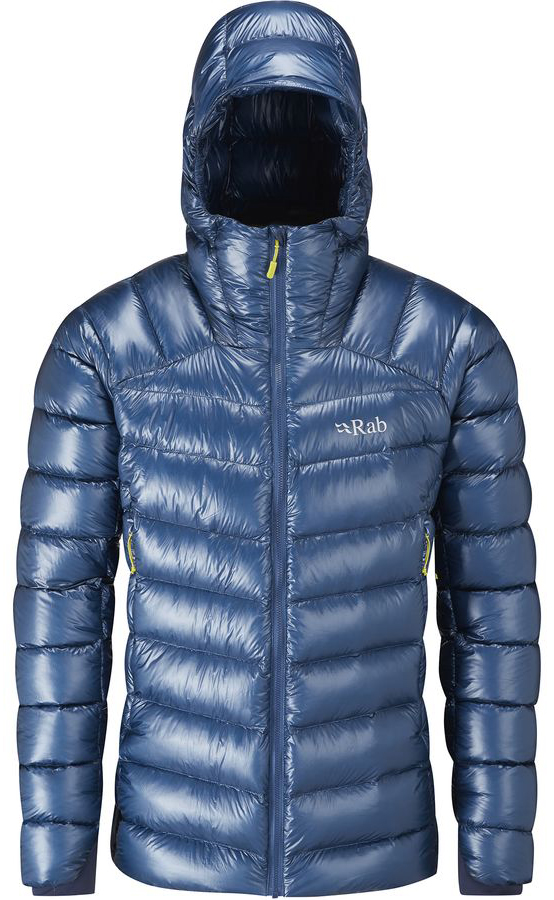
Shell: Patagonia Knifeblade Jacket & Pants
Again, one of my go-to pieces is now discontinued. This kit is the perfect blend of protection, comfort, and durability. I’ve had mine for about 5 years and it has held up great to 30+ day seasons, and it’s still got plenty of life, thankfully. I’ve been searching for a replacement for the Knifeblade for a while, and will update this if / when I find one (there are a few interesting options I’ll be checking out this season).
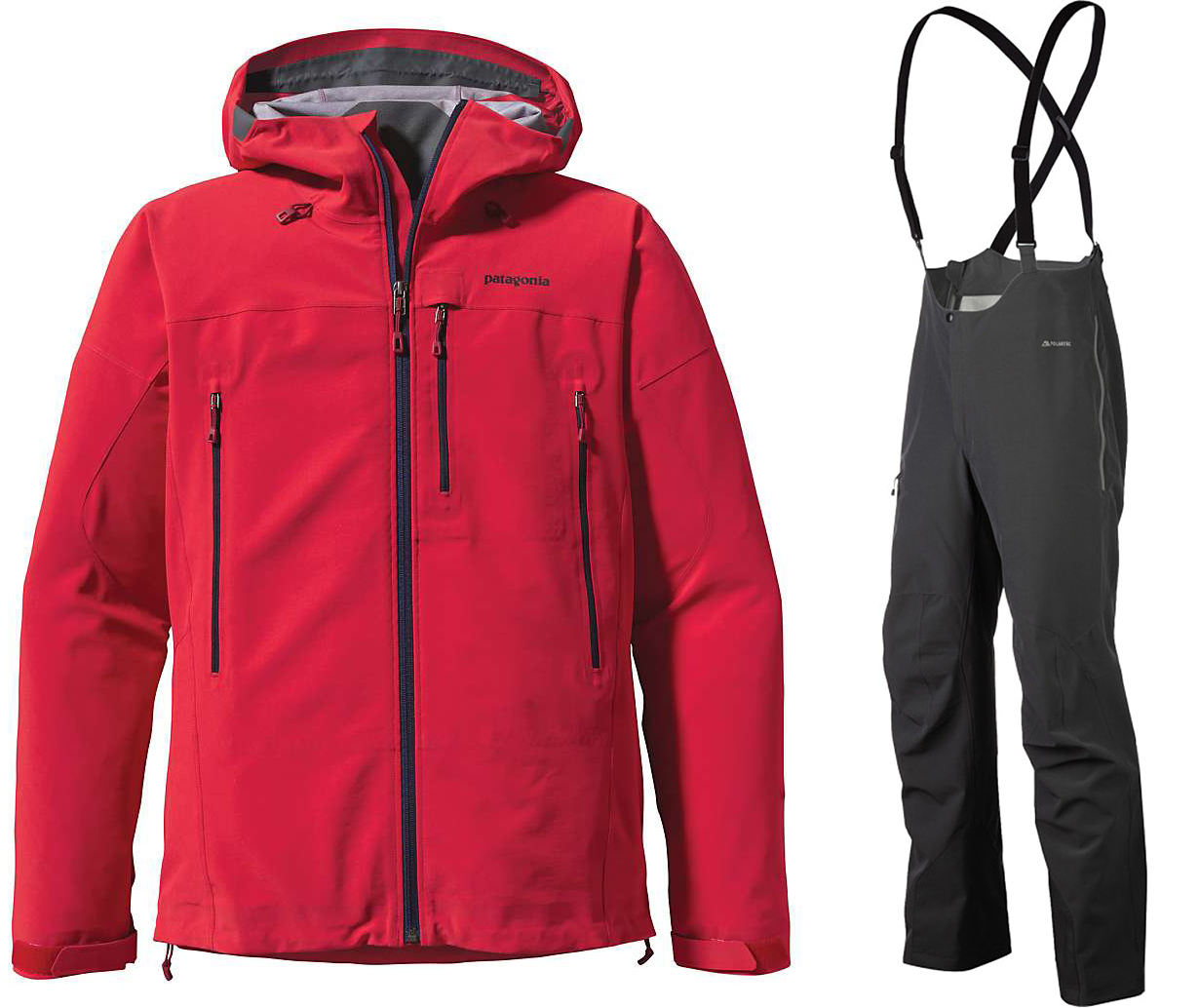
Gloves: Black Diamond Dirt Bag Gloves
I added these to my kit last year and have been super happy with them. At $45, they are very affordable and equally durable. No frills. On the most frigid days I’ll go for mitts, but for 95% of tours, the Dirt Bag gloves are perfect. (Note: I also use a thin pair of fleece gloves for the way up.)
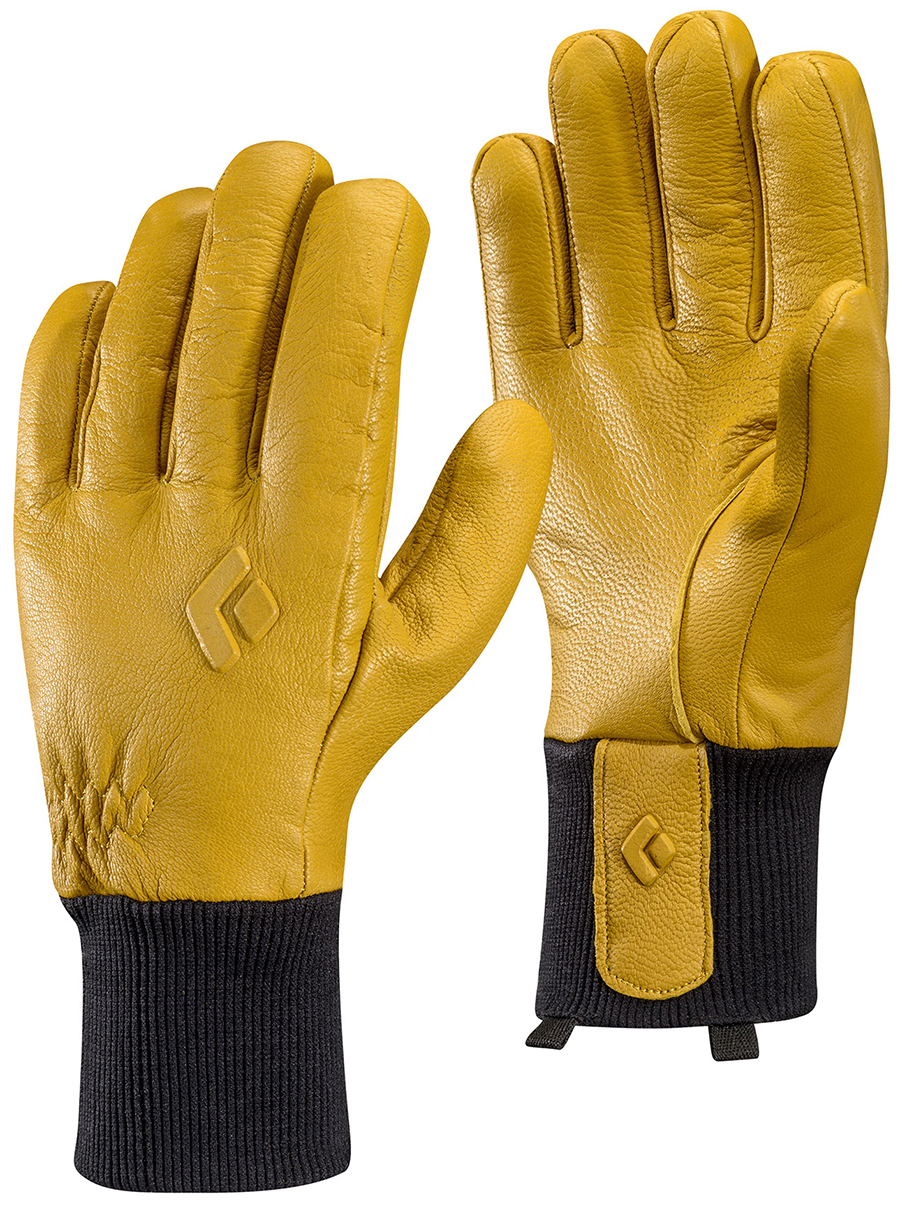
Socks: Smartwool PhD Medium Ski
I like thicker socks because I can never get my boots tight enough with thin socks (I am usually in a size 24.5 boot, so can’t often go with a very snug shell fit). Plus, when touring, the thick socks absorb some of the inevitable abuse that your feet take.
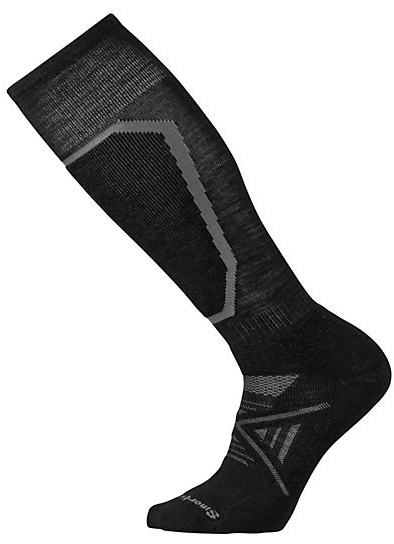
Other: Outdoor Tech Yowie
I love these neck gaiters. They offer sun and wind protection, they’re super light, they don’t have any seams, and they’re very breathable. Not to mention they are cheap at $12.
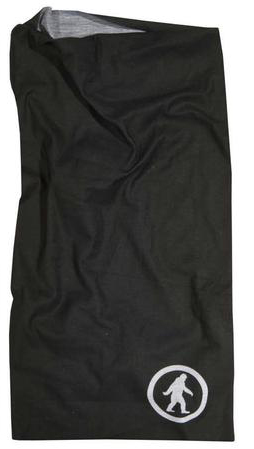
SKI TOURING — Alps (temperate, wetter, less windy)
Base Layers
• Top: Icebreaker Oasis Crewe (Long and Short Sleeve)
Same base layers as for Colorado. One short sleeve and one long sleeve depending on the weather.

• Bottom: Patagonia Lightweight Capilene Bottoms
I wear these in the Alps more than in Colorado because I use true hardshell pants more often (which don’t offer as much insulation as soft shell pants). With The North Face L5 pants, I almost always wear these, except on the warmest days.

Mid Layer 1: The North Face FuseForm Dolomiti ¼ Zip Hoodie
Still my favorite. The perfect blend of insulation and weather protection.
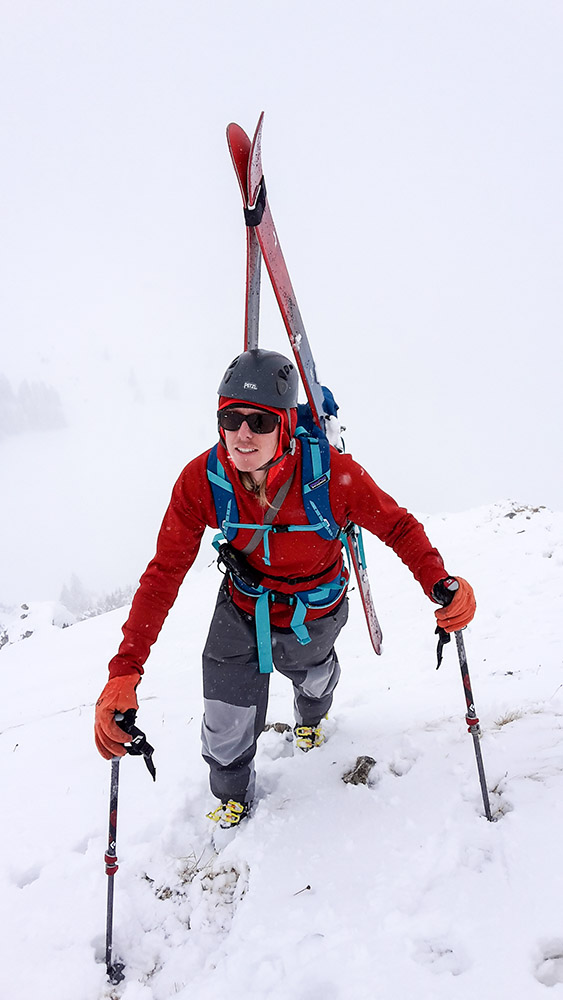
Mid Layer 2: Patagonia Micro Puff Hoody
For the wetter and warmer climate of the Alps, I prefer a synthetic insulator. The Micro Puff is the best one out there right now in terms of warmth-to-weight ratio. Check out our review for more.
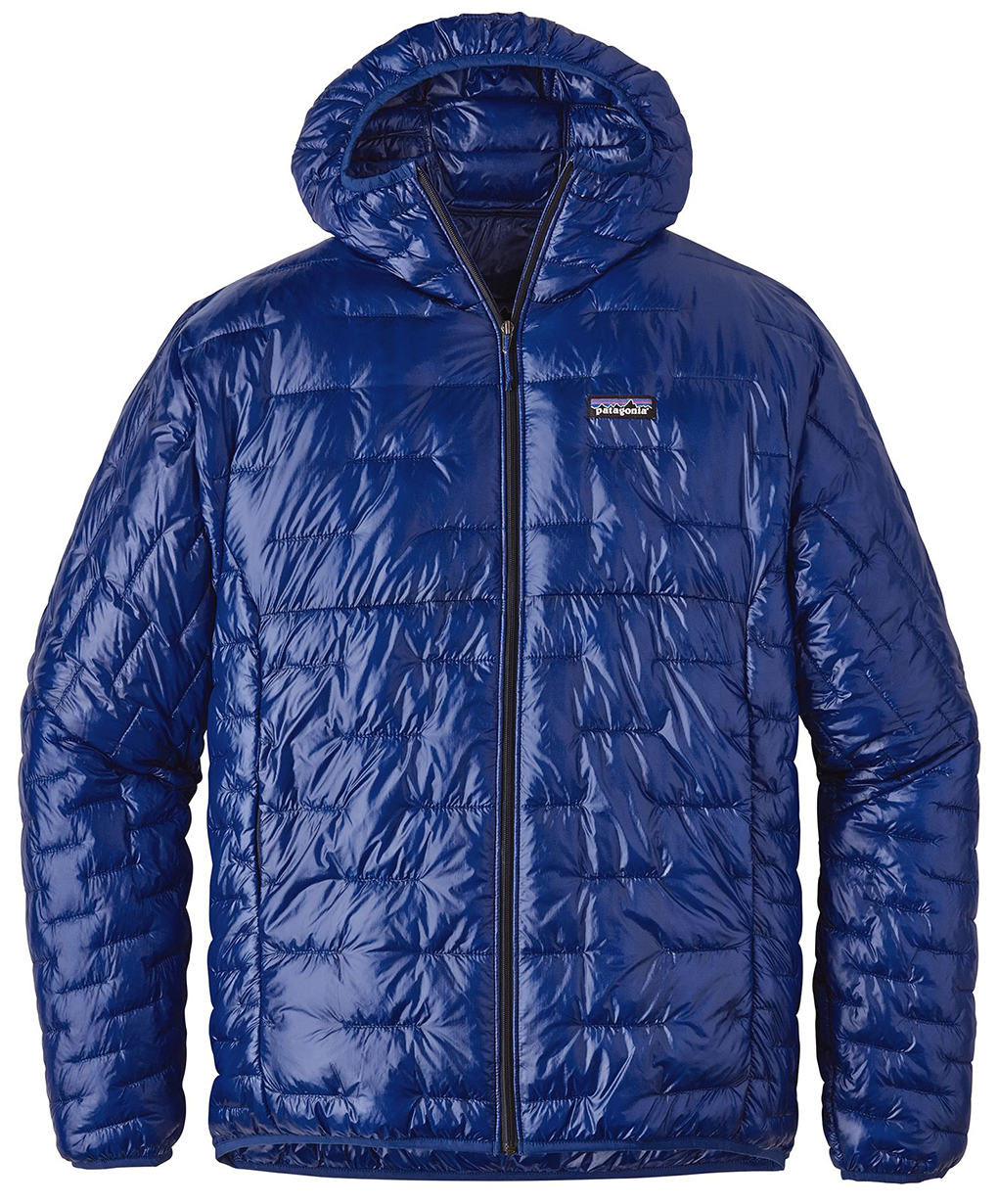
Shell
• Jacket: Mountain Equipment Centurion Jacket
Because of the wetter climate, I prefer the protection of NeoShell over the soft shell I usually wear in CO. The Centurion is a stretchy, minimal NeoShell jacket with a big over-the-helmet hood that packs well and is quite comfortable. Gore Tex would be better on true storm days, but I don’t go out in bad weather often in the Alps because visibility is so bad. The Centurion isn’t available anymore, but there are some potential replacements I’ll be checking out this season.
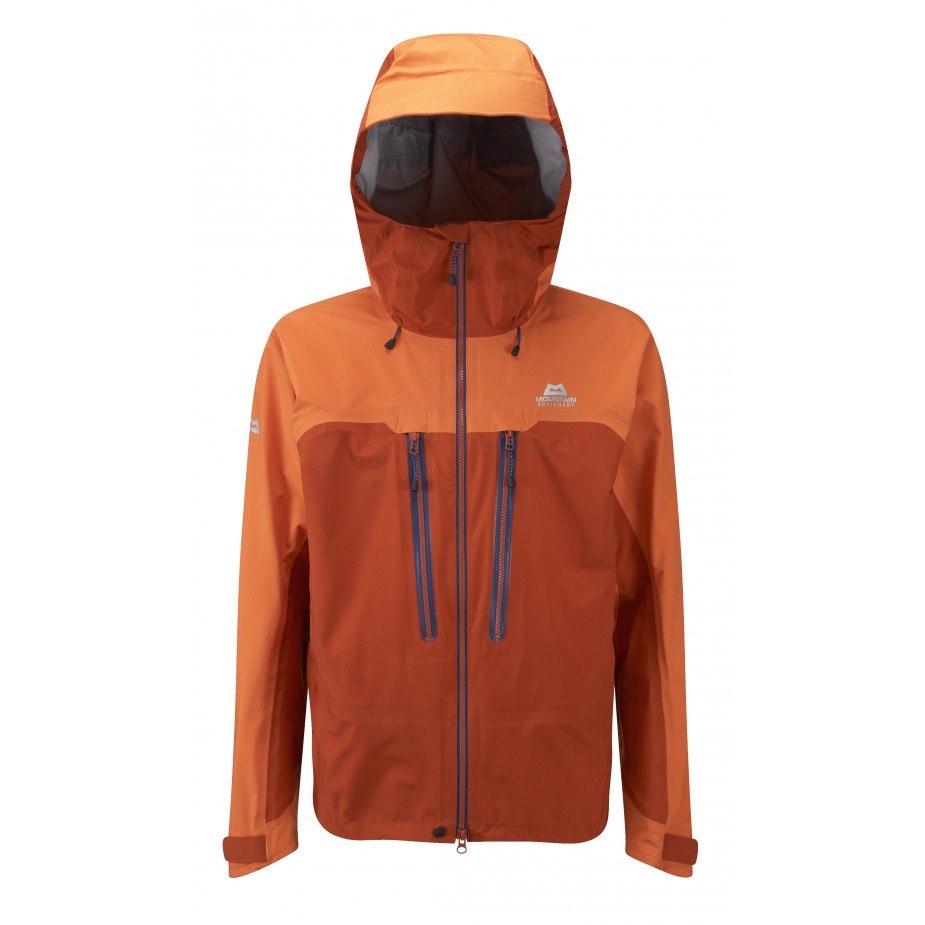
• Pants: The North Face Summit Series L5 Pant
Similar to the Centurion, I go with a bit more protection for pants in the Alps. I still take out the Knifeblade kit on bluebird days, but for one kit in the Alps, I think the added protection of the L5 is a good idea.

Gloves: Black Diamond Dirt Bag Gloves
You might get laughed off the piste in St. Moritz with these work-style gloves, but who cares? They are affordable, durable, and the perfect weight for most days in the Alps. (Note: I also use a thin pair of fleece gloves for the way up.)

Socks: Smartwool PhD Medium Ski
Same reasons as above.

Other: Outdoor Tech Yowie
Same reasons as above.

NEXT: Jonathan Ellsworth’s Outerwear and Apparel Selections

I enjoyed reading what you guys/Gals wear and why. I use similar pieces and you gave me some ideas on adding a couple, namely the Skins A400 3/4 compression tights. I have been using the CWX compression shorts the past few years along with neoprene knee braces, but I like the 3/4 length better.
I just bought the G-Form Pro-X compression shirt, I have a AC Separation on my left shoulder and a Labrum tear on my right shoulder from a Mountain Bike crash in September, so I have been looking for some form of protection that is not overly bulky and breathes decently.
Keep up the good work.
As someone who has been looking for replacements for his trusty, but kinda old and gross, Marker Spring Gloves – I share your pain JE – I’ve struggled finding good spring / touring gloves. For me not necessarily uphill – but something with the dexterity that works for errands around a cold and windy NYC, a fall tailgate, or for warmer days we seem to keep hitting on trips west to Utah. I’m intrigued not only by Luke’s description of the M1 Trucks – but also the free shipping and returns – not to mention the price! Fingers crossed. Happy Holidays!
For thinnish gloves,, I really like the OR Lodestar gloves. Unlike most gloves of similar thickness they don’t have any membrain.coating or insert.
This has two benefits:
First: breathability and drying time are best in class, so even if you get them wet from snow or sweat, they will dry fast.
Two, the fleece insulation is part of the outer fabric (back nylon and leather palm) so there are no separate layers sliding across each other, to reduce grip and dexterity.
Unlike many others they have a fairly weather resistant nylon back, water resistant Pittards leather palm and finger tips, and the leather is lined with a bonded fleece, where most palms are uninsulated.
Do all of you who ski-tour with an ultralight down jacket not worry that:
1: It will lose loft during the day due to moisture (at the very least from sweat in your clothing from the ascent, if not from snow)?
2: That you will rip those ultralight fabrics/seams if you wipe out, or ski through some trees/brush?